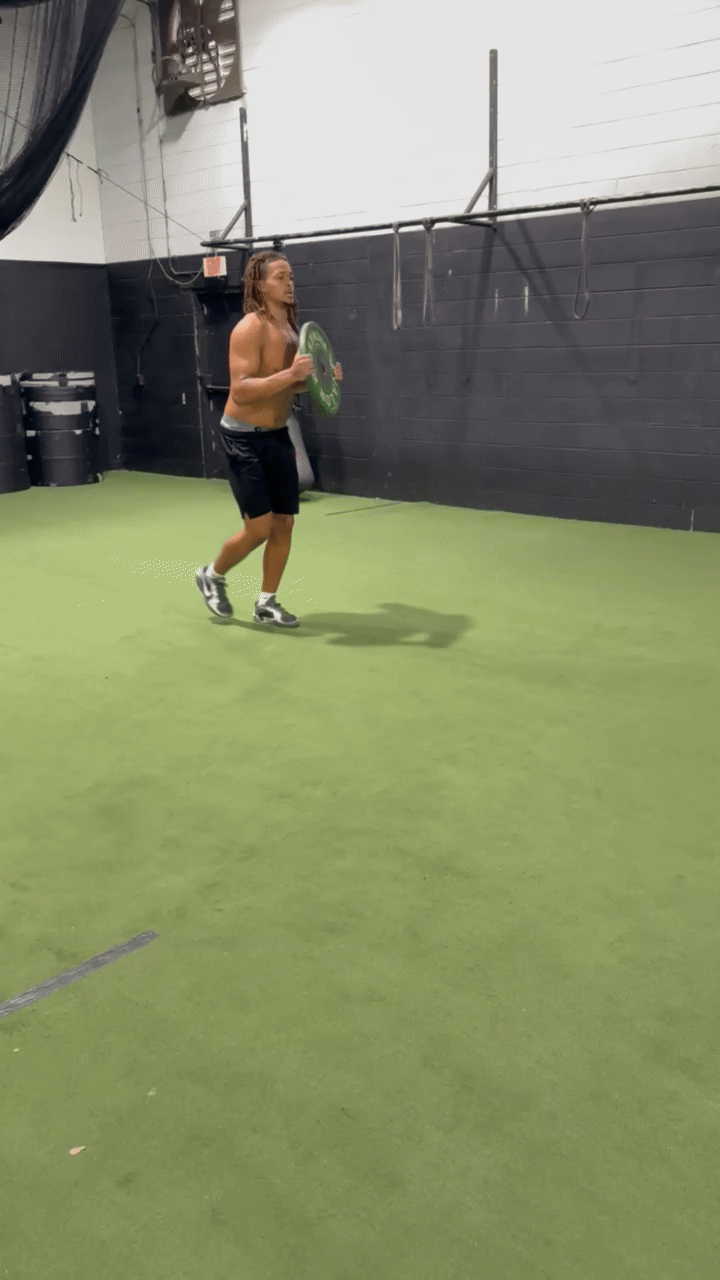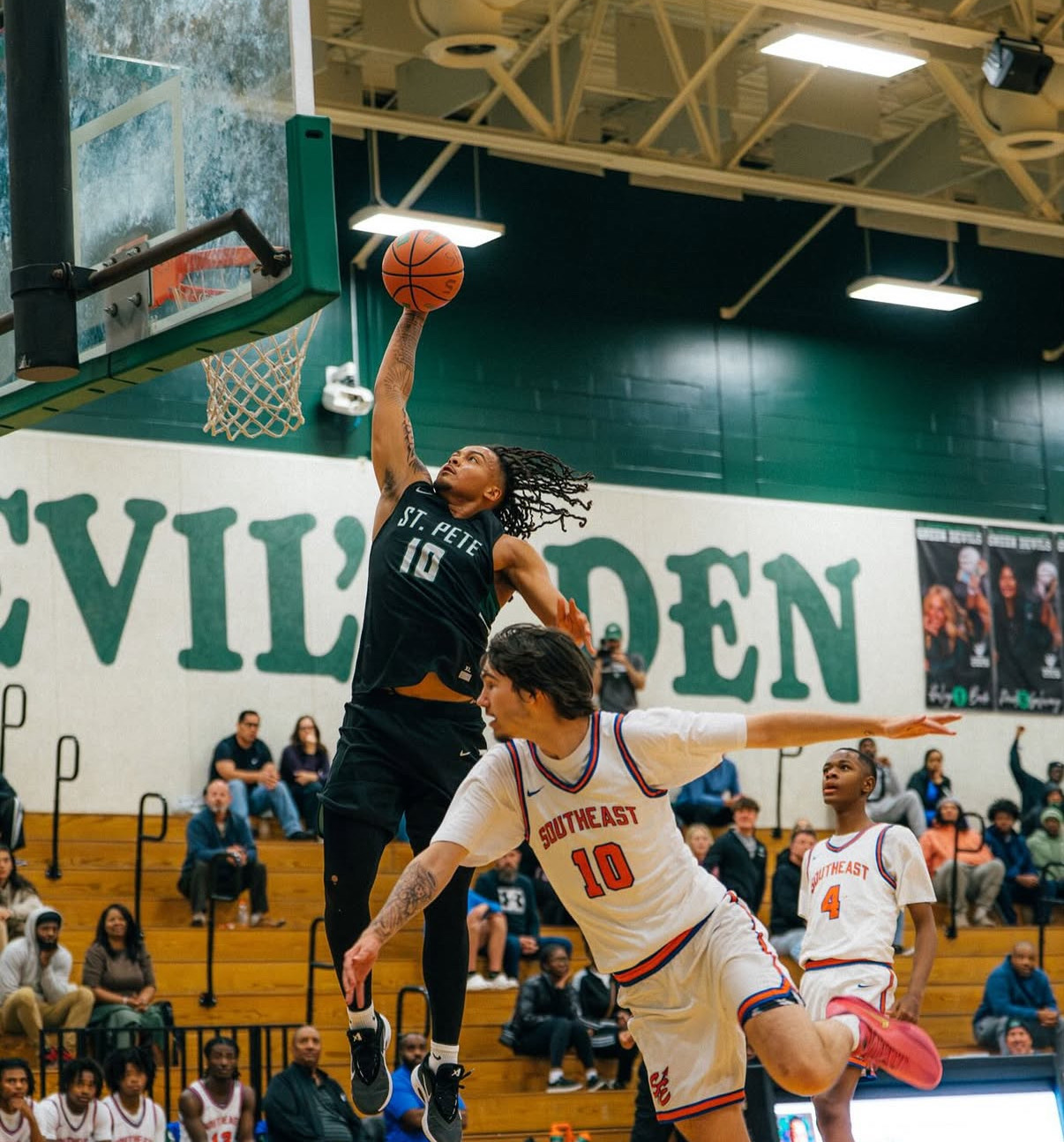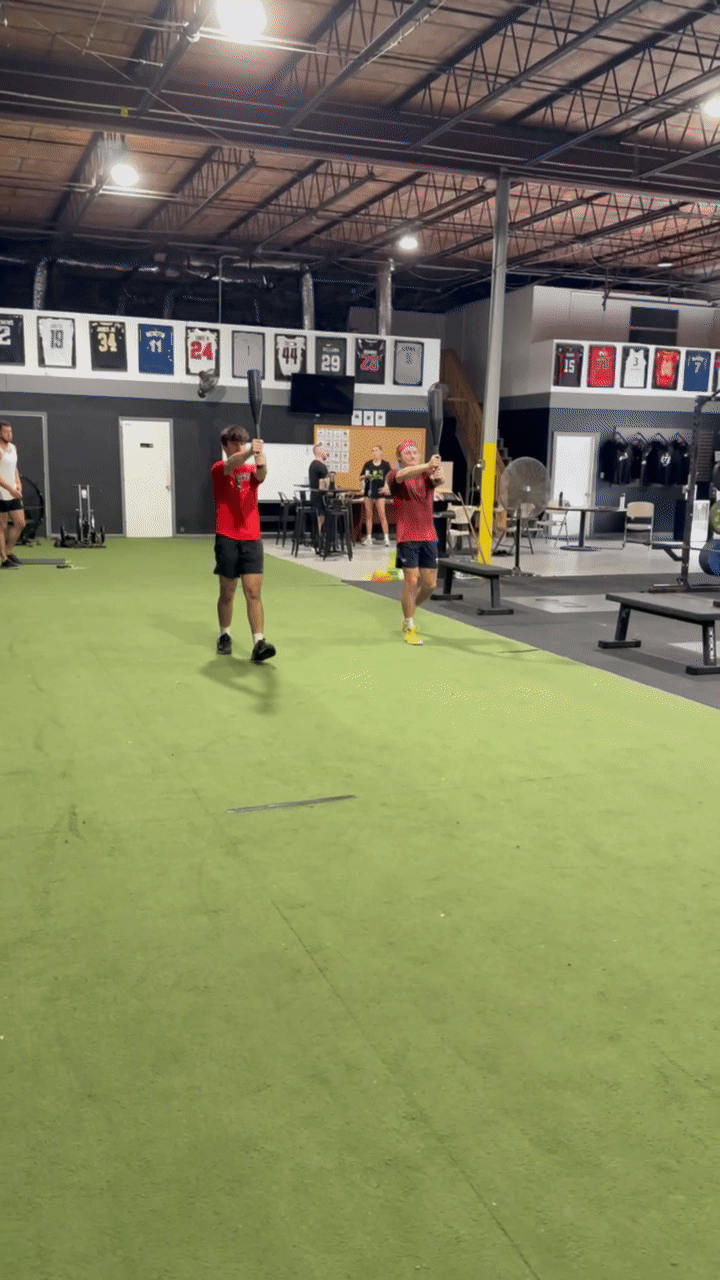Basketball season is getting started, so wanted to share practical insight and a few of my favorite exercises on core training for basketball players. In basketball, every explosive movement you perform—jumping for a rebound, driving through contact, rotating for a pass, or sticking a quick change of direction—starts with your core. Your ability to stabilize your spine, maintain posture, and transfer force from your lower body to your upper body determines how fast, powerful, and efficient you are on the court. That’s why focusing on high-quality exercises for core strengthening is essential for any basketball player who wants to dominate athletically.
While many athletes rely on sit-ups or crunches, the truth is that elite performance comes from movements that challenge your core to resist motion, stabilize under load, and control rotation. In this article, we break down the most effective, athlete-driven exercises for core strengthening that translate directly to basketball performance. You can also check out this previous article that delves more into how we program core strengthening for athletes: Core Training Template for Athletic Performance.
Why Core Strength Is Essential for Basketball Players
A strong core does far more than carve out visible abs. It stabilizes your hips, controls your spine, and dictates how well you transfer power in explosive movements. Every jump, sprint, cut, and pivot requires your core to engage instantly.
Without strong core stability, athletes experience:
- Decreased vertical jump power
- Weaker finishes at the rim
- Slower cuts and changes of direction
- Poor balance during contact
- Increased risk of lower-back or hip injuries
The exercises below attack these weaknesses directly and help build a bulletproof midsection designed for high-level basketball performance.
The Best Exercises for Core Strengthening for Basketball Players
Below are the most effective strength-building, performance-specific exercises for core strengthening every basketball athlete should use.
1. Planks and Side Planks
Planks and side planks are foundational core exercises that teach athletes how to brace and stabilize the midsection. They improve overall balance, postural control, and movement efficiency—key for explosive basketball performance.
How to Perform Planks
- Position yourself on your elbows and toes, keeping your body in a straight line from head to heels.
- Brace your core by tightening your abs and glutes, avoiding sagging hips.
- Hold for 30–60 seconds with proper form.
How to Perform Side Planks
- Lie on your side with your elbow directly under your shoulder.
- Lift your hips to form a straight line from head to feet.
- Keep your hips stacked and avoid leaning forward or back.
- Hold for 20–45 seconds per side.
Benefits for Basketball
- Improves spinal stability for jumping, sprinting, and cutting
- Enhances posture during fast or explosive movements
- Strengthens obliques for better rotational control
- Reduces injury risk in lower back and hips
- Develops bracing ability when absorbing or delivering contact
2. Suitcase Carries
Suitcase carries are a powerful anti-lateral-flexion exercise that strengthens the core to resist side-to-side bending. This is critical for basketball players who frequently absorb contact or maintain balance while driving, defending, or rebounding.

How to Perform Suitcase Carries
- Hold a dumbbell or kettlebell in one hand
- Stand tall with shoulders level and walk forward for 20–40 yards without leaning
- Switch hands and repeat
Benefits for Basketball
- Increases anti-lateral-flexion strength for better body control
- Improves balance and posture while driving to the rim
- Enhances core engagement during sprinting, cutting, and defensive slides
- Strengthens obliques and deep stabilizing muscles
- Helps resist contact and maintain upright positioning
3. Club Carries
Club carries target trunk strength and spinal anti-flexion, training the core to remain rigid under anterior load. Using a club or mace bell challenges the spine and deep core muscles, making it highly specific to the movement demands of basketball.
How to Perform Club Carries
- Hold a club or mace bell near the end of the handle.
- Position it on one shoulder or hold it vertically by your side.
- Walk forward for 20–40 yards, keeping your torso upright and avoiding bending or twisting.
- Maintain a tight, braced core throughout the movement.
Benefits for Basketball
- Develops trunk strength for better force transfer and movement control
- Enhances anti-flexion stability, protecting the spine during dynamic movements
- Improves shoulder-to-core integration for coordinated full-body mechanics
- Strengthens postural control under uneven or offset loads
- Supports trunk stability, critical for rebounding, defending, passing, and pivoting
4. Ab Wheel Rollouts
Ab wheel rollouts are an advanced anti-extension exercise that strengthens the anterior core while improving the ability to maintain posture under load. They directly enhance jumping, sprinting, and explosive basketball movements.
How to Perform Ab Wheel Rollouts
- Start on your knees holding the ab wheel handles.
- Slowly roll the wheel forward while keeping your core braced.
- Roll as far as possible without letting your lower back arch, then pull back to the start.
Benefits for Basketball
- Builds elite anti-extension strength for jumps and sprints
- Strengthens anterior core muscles for better torso control
- Improves force transfer from legs to upper body
- Enhances coordination between upper and lower body
- Maintains posture and stability during fatigue
5. Walking Lunges with Weighted Twist
Walking lunges with a weighted twist develop rotational strength, mobility, and balance—skills directly relevant to basketball footwork, passing, pivoting, and finishing through contact.
relevant to basketball footwork, passing, pivoting, and finishing through contact.
How to Perform Walking Lunges with a Weighted Twist
Hold a medicine ball or weight plate close to your chest.
- Step forward into a lunge.
- Rotate your torso toward the front leg at the bottom of the lunge.
- Rotate back to center, then step forward into the next lunge.
- Alternate legs for the desired distance or number of reps.
Benefits for Basketball
- Builds rotational core strength used in finishing, passing, and shooting mechanics
- Improves hip mobility and lower-body stability
- Enhances balance and control during contact, deceleration, and quick stops
- Reinforces core-to-hip coordination for smooth, efficient movement
- Direct carryover to basketball footwork, including cutting, pivoting, and attacking angles
How These Exercises Work Together
Each of these exercises for core strengthening trains a different quality your body needs for basketball:
- Planks and side planks build the foundation of stability
- Suitcase carries teach the body to stay upright against offset load
- Club carries enhance spine anti-flexion and postural control
- Ab wheel rollouts train powerful anti-extension strength
- Walking Lunges with weighted twists develop functional rotation and transfer from lower body to upper trunk
Together, these exercises will help build well balanced core strength that enhances every athletic quality: explosiveness, speed, balance, power transfer, and durability.
Conclusion
Basketball success depends on far more than raw talent or skill. The athletes who rise above the competition have strong, stable, and explosive cores that support every movement on the court. Obviously, these aren’t the end all be all exercises for all core training, but these are a great base of specific core strength movements to help you build the foundation your body needs for elite performance. These exercises for core strengthening directly improve the way you jump, cut, sprint, absorb contact, and rotate—making your movements faster, smoother, and more powerful.
Please comment your thoughts and share! If you want to take your basketball performance to the next level and dominate on the court, check out our Built 2 Ball program by clicking the image below!


